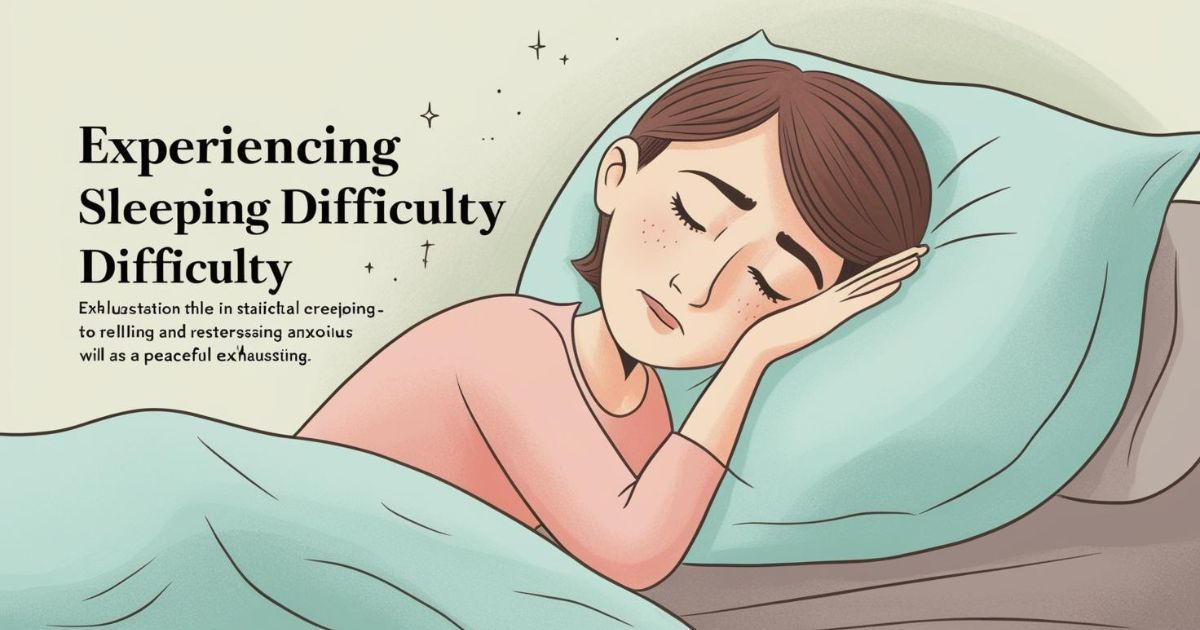Sleep disorders do more than rob you of restful nights—they reshape the very fabric of your dream life. From insomnia to sleep apnea, narcolepsy to REM sleep behavior disorder, these conditions disrupt the natural sleep architecture, altering the frequency, intensity, and emotional tone of your dreams.

Understanding how sleep disorders impact dreaming can reveal why you may experience vivid nightmares, fragmented dream narratives, or even a diminished recall of your dream world.
Key Takeaways
- Altered Sleep Architecture: Sleep disorders interrupt the normal progression through sleep stages, especially REM sleep, where most dreaming occurs.
- Emotional Turbulence: Conditions like insomnia and sleep apnea are linked to an increase in negative, anxiety-laden dreams and nightmares.
- Fragmented Dreaming: Disruptions in sleep continuity lead to incomplete dream cycles, making dreams feel disjointed or less memorable.
- Statistical Impact: Up to 70 million Americans suffer from sleep disorders [Sleep Foundation], and research shows that sleep apnea affects 9–38% of the general population (American Sleep Apnea Association), both of which can significantly alter dream patterns.
The Dynamics of Sleep and Dreaming
Dreaming is an intrinsic part of our sleep cycle, largely concentrated in the REM (Rapid Eye Movement) stage. Under normal conditions, a healthy sleep cycle allows for long, uninterrupted REM periods that produce coherent, emotionally balanced dreams. However, when sleep disorders are present, these cycles can be fragmented or shortened, leading to disturbances in the dreaming process.
How Specific Sleep Disorders Influence Dreaming
Insomnia
Insomnia, characterized by difficulty falling or staying asleep, reduces the amount of REM sleep achieved. This often results in:
- Less Dream Recall: Fewer opportunities to enter full REM stages mean fewer vivid dreams are remembered.
- Increased Nightmares: The stress and anxiety linked with insomnia can trigger distressing dream content.
Statistical Insight: Approximately 30% of adults experience occasional insomnia, with about 10% suffering from chronic insomnia (Sleep Foundation).
Sleep Apnea
Sleep apnea causes repeated awakenings during sleep due to breathing interruptions, which fragment sleep architecture.
Get instant dream insights with our Free Dream Interpretation App
- Interrupted REM Cycles: These disruptions can lead to more frequent, but shorter, REM periods.
- Heightened Emotional Dreams: The abrupt awakenings may result in dreams that are intense or emotionally charged, often manifesting as nightmares.
Statistical Insight: Sleep apnea affects between 9% and 38% of the general population, varying by age and gender (American Sleep Apnea Association).
Narcolepsy
Narcolepsy is a neurological disorder that affects the regulation of sleep and wakefulness.
- Intrusive REM Sleep: Individuals with narcolepsy can enter REM sleep almost instantly, resulting in highly vivid and often bizarre dreams.
- Mixed Reality: The boundaries between dreaming and waking can blur, sometimes causing hallucinations or dream-like experiences during the day.
Statistical Insight: Narcolepsy affects approximately 1 in 2,000 individuals (Narcolepsy Network).
REM Sleep Behavior Disorder (RBD)
RBD is characterized by the loss of normal muscle paralysis during REM sleep, leading to the physical acting out of dreams.
- Disrupted Dream Content: The inability to remain still during REM sleep may cause dream narratives to become chaotic.
- Potential Safety Risks: Acting out dreams can lead to injuries, further disturbing sleep quality.
Statistical Insight: RBD is estimated to affect around 0.5% of the population, predominantly older adults (Mayo Clinic).
The Science Behind the Impact
During normal REM sleep, the brain’s limbic system (responsible for emotion) is highly active, while the prefrontal cortex (the rational part) is less engaged. Sleep disorders disturb this balance:
- Fragmented REM Sleep: This leads to incomplete processing of emotions, contributing to unresolved feelings and fragmented dream recall.
- Heightened Arousal: Frequent awakenings can result in the retention of emotionally intense dream fragments that leave you with lingering anxiety upon waking.
These neurophysiological changes provide a basis for understanding why sleep disorders often correlate with more intense or negative dream experiences.
Related: Light in Dreams
Practical Strategies for Better Dream Quality
1. Establish Consistent Sleep Routines
Maintaining a regular sleep schedule can help stabilize your sleep architecture, allowing for more complete REM cycles.
2. Create a Sleep-Conducive Environment
A quiet, dark, and comfortable sleeping space minimizes disturbances, supporting smoother transitions through sleep stages.
3. Seek Professional Help
If sleep disorders are affecting your daily life and dream quality, consulting a sleep specialist can lead to effective treatment options, from CPAP machines for sleep apnea to cognitive-behavioral therapy for insomnia.
4. Keep a Dream Journal
Recording your dreams upon waking not only improves recall but also helps you identify patterns related to sleep disruptions and emotional disturbances.
Final Thoughts
Sleep disorders can significantly alter the nature of your dreams, often leading to fragmented, emotionally charged, or less coherent dream experiences. By understanding the interplay between sleep disturbances and dream quality, you can take proactive steps to improve your sleep hygiene and overall emotional well-being.
Whether it’s through professional treatment, lifestyle adjustments, or simply gaining insight from a dream journal, addressing sleep disorders can pave the way for a healthier, more restorative sleep—and a richer, more balanced dream life.





